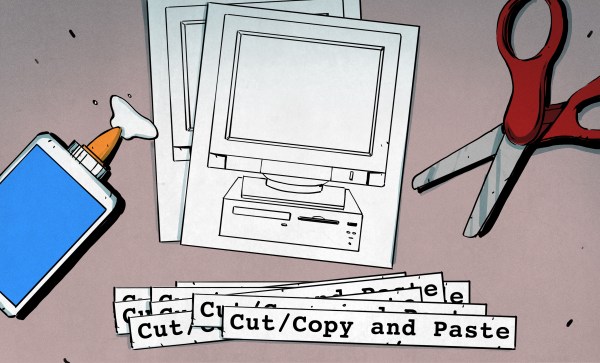Well, we guess it had to happen eventually — Ford is putting plans in place to make its vehicles capable of self-repossession. At least it seems so from a patent application that was published last week, which reads like something written by someone who fancies themselves an evil genius but is just really, really annoying. Like most patent applications, it covers a lot of ground; aside from the obvious capability of a self-driving car to drive itself back to the dealership, Ford lists a number of steps that its proposed system could take before or instead of driving the car away from someone who’s behind on payments.
Examples include selective disabling conveniences in the vehicle, like the HVAC or infotainment systems, or even locking the doors and effectively bricking the vehicle. Ford graciously makes allowance for using the repossessed vehicle in an emergency, and makes mention of using cameras in the vehicle and a “neural network” to verify that the locked-out user is indeed having, say, a medical emergency. What could possibly go wrong?


















